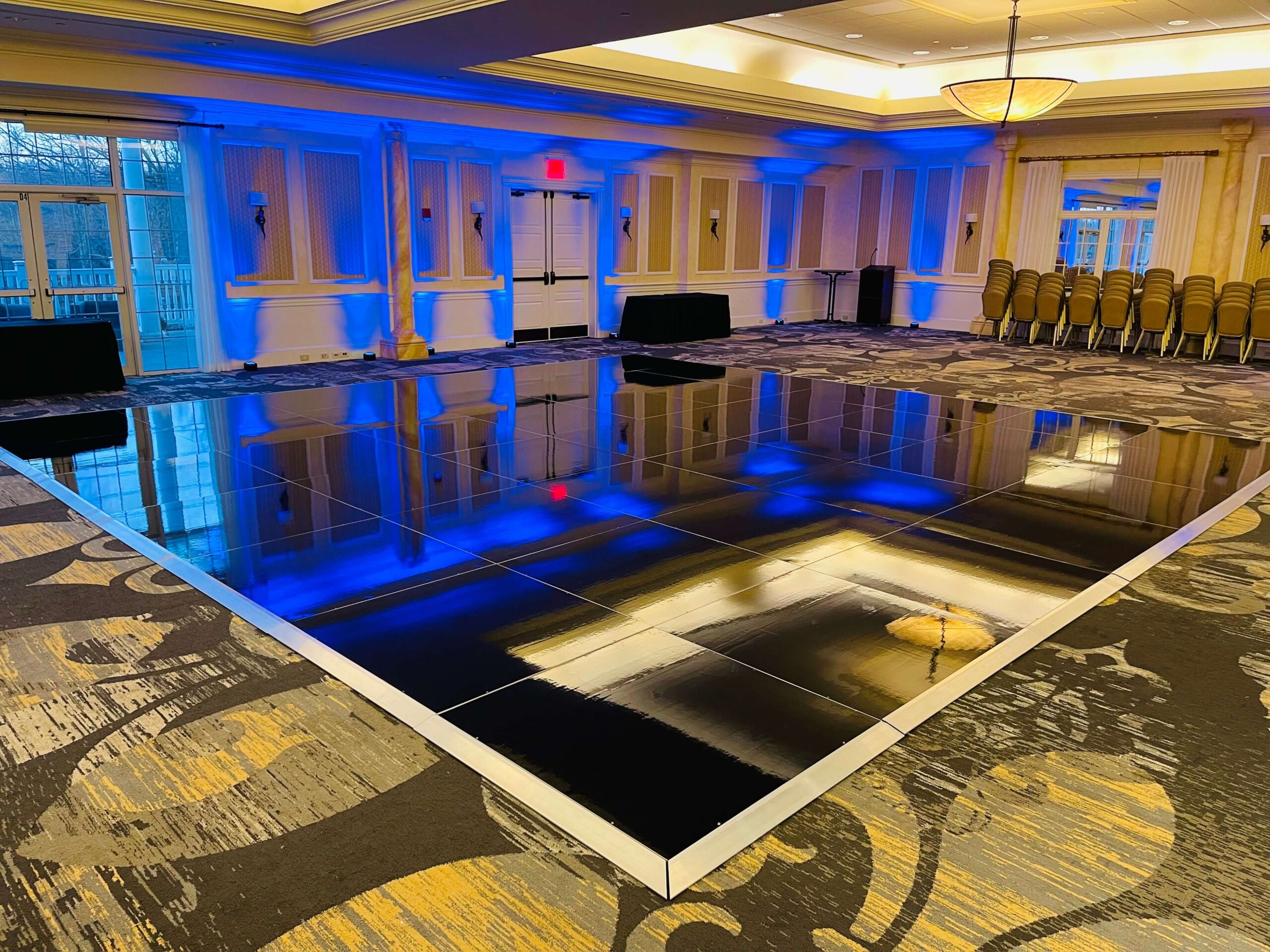A Life-changing Strength for Lighting at Enhancing Dancing Area Visuals
A Life-changing Strength for Lighting at Enhancing Dancing Area Visuals
Blog Article
Illumination plays a critical role in establishing the environment of a dance floor. It can convert a plain space into an exciting setting that improves the overall encounter for performers and spectators alike. The correct lighting can affect the mood, dynamism, and even the type of the dance being executed. By using different types of lighting, such as focused lights, colored lights, and strobe effects, event planners can design a vibrant setting that captivates the spectators and encourages involvement.
One of the main functions of lighting on a dancing area is to illuminate the dancers. Focused lights can be used to focus attention on individual dancers or teams, making them the focal point of attention. This method not only showcases their actions but also adds a dimension of drama to the show. When dancers are lit effectively, their expressions and techniques become more visible, allowing the spectators to appreciate their skills. This focused lighting can also help to establish a story, leading the spectators through the show.
In furthermore to highlighting performers, colored lights can significantly impact the atmosphere of the dance floor. Different colors evoke varied emotions; for like it instance, warm colors like crimson and orange can generate a sense of enthusiasm and vitality, while cooler colors like azure and emerald can encourage tranquility and ease. By thoughtfully using colored illumination, organizers can manipulate the atmosphere to match the theme of the event or the style of the performance. This thoughtful approach to lighting design can enhance the overall encounter for all involved.
Strobe lights and other active lighting effects can also add excitement to a dancing area. These features can create a sense of beat and motion that matches the music being performed. When timed with the beat, flashing lights can make the dancing area feel alive, inviting dancers to groove in time with the pulsing lights. This interaction between light and music can boost the energy of the occasion, making it more enjoyable for both dancers and audience. The use of such effects requires thoughtful consideration to ensure they enhance rather than divert from the show.
Finally, the overall setup of the lighting arrangement is crucial for creating a cohesive aesthetic on the dance floor. A well-thought-out lighting strategy considers the layout of the space, the kind of dance being performed, and the spectators' experience. By integrating various lighting methods, such as background lighting, accent lighting, and unique features, planners can design a aesthetically impressive environment. This attention to detail not only improves the performance but also leaves a memorable impression on the audience, making the occasion memorable. In summary, the powerful power of lighting is vital in enhancing dance floor aesthetics, establishing an engaging and pleasurable encounter for all.